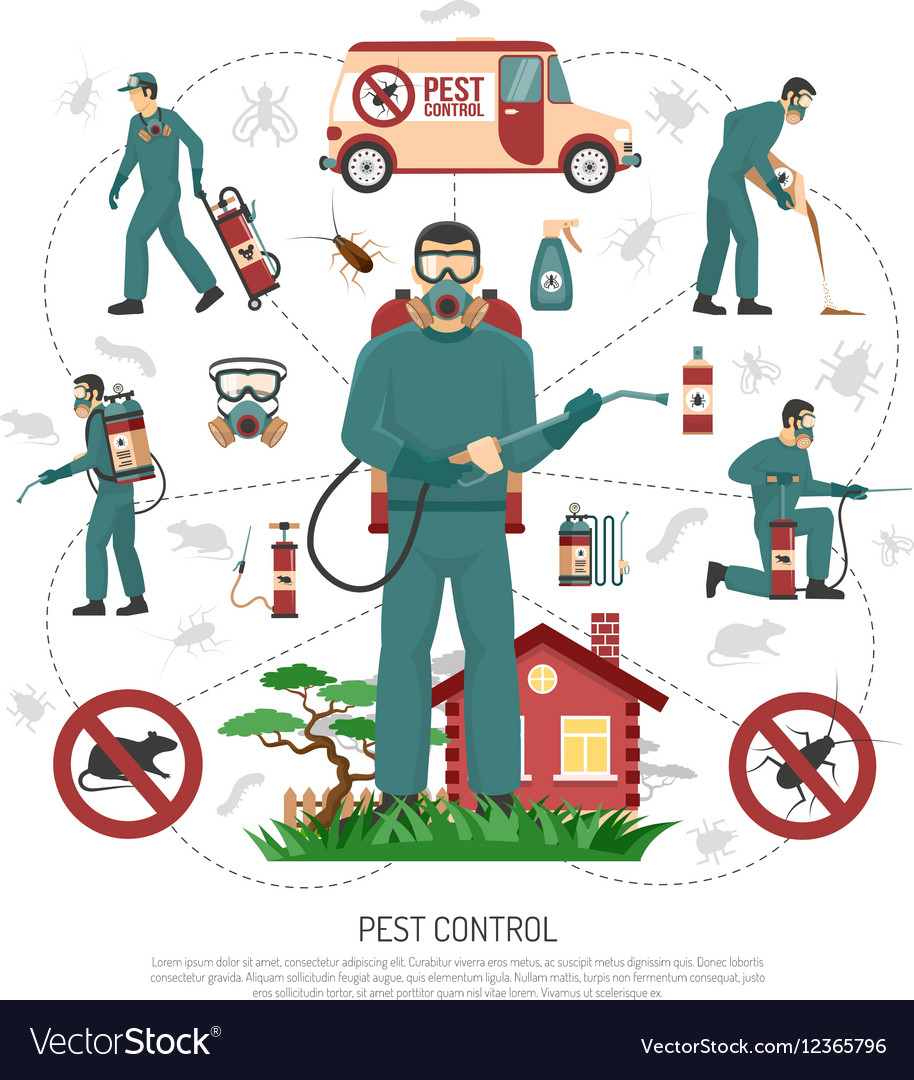Looking Into Advanced Approaches Employed By Bug Management Professionals
Looking Into Advanced Approaches Employed By Bug Management Professionals
Blog Article
https://www.wnypapers.com/news/article/current/2022/06/03/150862/wild-kritters-to-hold-basket-raffle-to-support-animal-rescue-services Produced By-Evans Hendriksen
Are you tired of relying exclusively on sprays to manage parasites in your home or workplace? While sprays can work, pest control experts have created sophisticated methods that exceed simply splashing chemicals.
These strategies not just give more efficient and durable services, however additionally concentrate on reducing making use of hazardous chemicals. By exploring these sophisticated techniques, you will certainly uncover an entire new world of insect control approaches that are not just reliable, yet additionally environmentally friendly.
So, are you prepared to take your parasite control video game to the next degree?
Integrated Pest Administration (IPM)
If you're trying to find an efficient and environmentally-friendly approach to pest control, Integrated Parasite Monitoring (IPM) is the service you need. IPM focuses on long-term prevention and monitoring of parasites, instead of simply counting on pesticides. This strategy thinks about the specific requirements and behaviors of pests, as well as the surrounding setting.
By using a combination of strategies such as biological control, habitat control, and targeted chemical usage, IPM aims to reduce the dependence on chemical therapies and decrease harm to non-target microorganisms.
One vital aspect of IPM is keeping track of and identifying parasites properly. This includes consistently evaluating and analyzing the pest populace, in addition to recognizing the specific varieties present. By understanding the biology and behavior of parasites, pest control specialists can create targeted methods to interrupt their life cycle and minimize their numbers.
One more essential element of IPM is making use of non-chemical control approaches whenever possible. This can include physical barriers, such as mounting screens or securing fractures and holes, to prevent pests from going into structures. Additionally, social techniques, like correct hygiene and waste monitoring, can help eliminate parasite food resources and breeding premises.
When chemicals are essential, IPM concentrates on using them deliberately and as a last option. This indicates picking the least hazardous and most efficient choice, using it specifically and only to affected areas, and complying with all security guidelines. By minimizing pesticide use, IPM reduces the prospective dangers to human wellness and the atmosphere.
Biological Control
To better improve the performance of Integrated Insect Monitoring (IPM), the following subtopic we'll discover is the technique of biological control. This technique uses all-natural predators or bloodsuckers to manage pests.
Below are four essential elements of organic control:.
1. Intro of natural enemies: In this technique, useful pests or organisms are introduced to the area infested with pests. These natural opponents take advantage of the pests, aiding to lower their population.
2. Conservation of all-natural adversaries: As opposed to presenting brand-new organisms, this approach focuses on developing a suitable environment for existing advantageous bugs. This can be accomplished through offering food, shelter, and water resources.
3. Enhancement: Here, the variety of all-natural opponents is raised unnaturally by breeding and releasing them right into the ravaged area. This helps to quickly lower the pest populace.
4. Push-pull technique: This method integrates repellents and attractants to adjust the actions of pests. Repellents press bugs far from crops, while attractants entice them towards trap crops or areas where they can be easily regulated.
Habitat Modification
Habitat alteration plays a critical function in bug control by modifying the setting to inhibit parasite infestations. By making changes to the physical attributes of a space, you can create an unwelcoming environment for parasites, making it harder for them to endure and prosper.
One usual method of environment adjustment is removing or minimizing prospective food resources for insects. find more can include correct waste management, sealing containers, and cleaning up food crumbs.
Furthermore, eliminating or minimizing locations of standing water can help manage parasites like insects.
Altering the landscape by trimming trees and hedges away from structures can also protect against parasites from accessing your building.
Verdict.
So there you have it - the innovative methods used by parasite control professionals go beyond just splashing chemicals. Integrated Bug Monitoring (IPM) combines various techniques to effectively manage parasites, while biological control takes advantage of natural opponents to keep pest populations in check.
Environment modification also plays a critical role in protecting against pest infestations.
Did you know that according to a study, implementing IPM techniques reduced chemical usage by an average of 71%? This not only safeguards our health and the setting however likewise saves cash over time.
